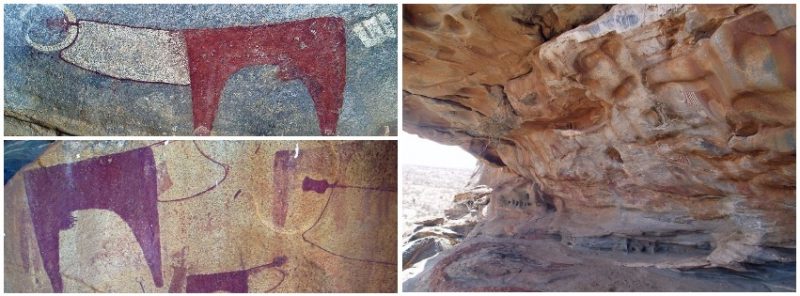Many people have heard how ISIS destroyed dozens of ancient sites and artifacts, and how industrialization has caused the disappearance of ancient landmarks and sites as well. It is almost impossible to protect all sites, however that doesn’t mean they are not important to archaeologists and the local inhabitants in the area.
One site that is in danger of disappearing is the caves of Somaliland. Although it has been centuries since the last piece of art was painted, the artwork is still important enough to try to preserve. The Neolithic artists who once lived in the area painted the cave walls with red and white paint on the steep cliffs of northern Somaliland. Depicted inside the caves are antelope, cattle, giraffes, and hunters carrying bows and arrows.
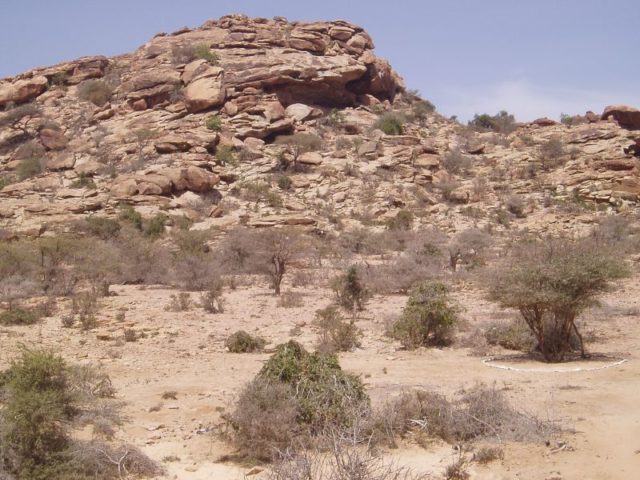
Today, the paintings in the cave, known as Laas Geel, still shine brightly and brilliantly. The caves show depictions from nearly 5,000 years ago; these paintings allow locals and tourists to view what life was like thousands of years ago.
The site manager from Somaliland’s Ministry of Tourism, Abdisalam Shabelleh, said that the paintings are unique and can’t be found anywhere else in Africa.
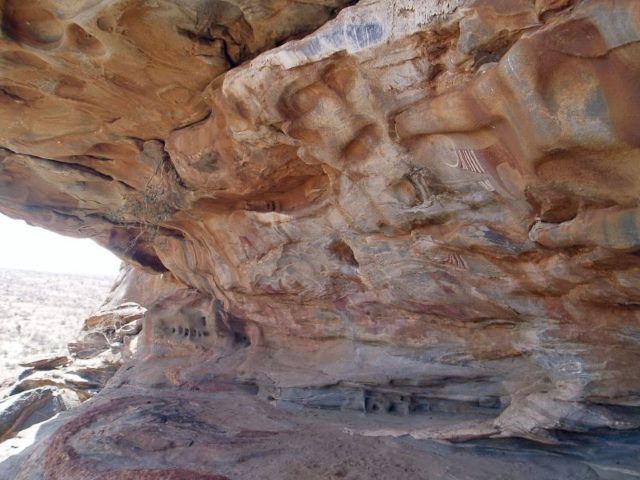
Although some areas in the cave still shine brightly, other parts are slowly chipping and fading away. Shabelleh said that if nothing is done to protect or preserve the artwork or caves, they could disappear within 20 years or so.
He added that the sites are in dire need of protection. However, he and the other directors do not have the knowledge to protect them correctly nor do they have the experience or financial resources to take care of them. He said that they need help to protect these caves.
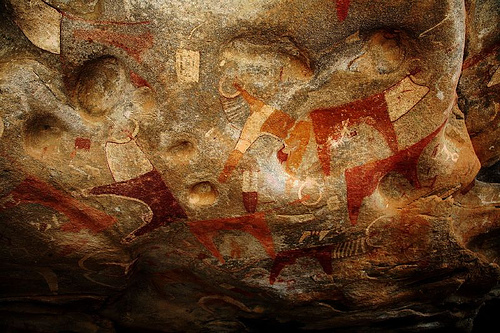
The caves and paintings are about 30 miles from Hargeisa, the capital. They are considered the oldest and best-preserved artwork at the rock sites. Sadly, these caves are only protected by a few guards who make sure visitors do not touch the paintings.
There have been several applications written asking the government for help. However, they have gone unnoticed. Somaliland declared independence from the rest of Somalia when war overthrew President Mohamed Siad Barre in 1991. However, it is still not recognized by the international community.
The former head of the French archaeology team that had discovered the site in 2002, Xavier Gutherz, said that because of this, the country’s caves don’t get the recognition they need nor do they get the protection that will save them.
Gutherz was so amazed by the great condition of the paintings in the cave, as well as their unfamiliar style, that he had asked UNESCO to consider putting the site under protection. Sadly, because Somaliland is not recognized as a separate nation, the request was denied.
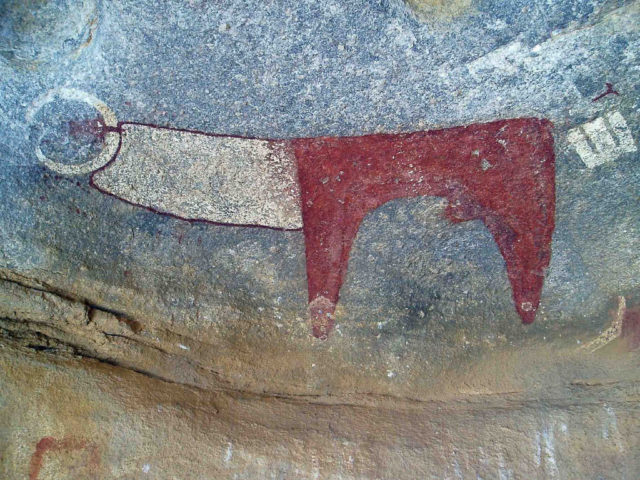
UNESCO said that only state parties could request the recognition for sites.
Requests for funding from other countries face the same legal issues. Centuries of isolation and the local belief that the site and its artwork are haunted could be why Laas Geel’s bid for protection is suffering so many issues and obstacles.
If those rumors are true about evil spirits, they aren’t keeping visitors away from viewing the wonderful artwork. In fact, the caves and paintings have become one of the major attractions for the visitors in Somaliland. The caves get about a thousand visitors each year who are willing to walk up the rough stretches of rocky terrain. One of the requirements is that they travel with armed escorts in order to reach the caves safely. Even though it seems like a challenge to view these caves, the number of visitors is continuing to grow.
Gutherz said that the concerns the cave protectors have are legitimate. Gutherz is still trying to help protect the site by identifying key archaeological areas in the Somaliland. He said that they have to secure the site, arrange better access paths, secure and strengthen the rocks which could collapse on visitors, try to divert the runoff, and even improve guard training, so the caves get maximum security.
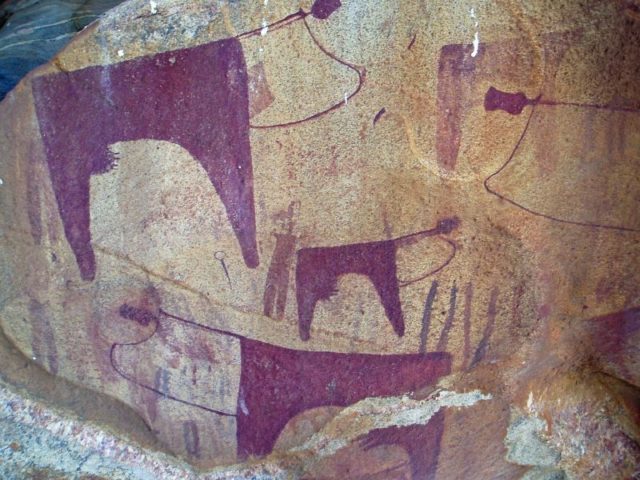
There is a major development plan for the main port at Berbera. If this goes through and is successful then the number of visitors to the area are expected to increase.
The head of the local environment group “Candlelight”, Ahmed Ibrahim Awale, said that the dust being kicked up from visitors is adding to the damage of the caves’ art. Because of the constant trampling from the visitors’ feet, regeneration of plants cannot take place. The dust particles that stay in the air could result in the fading of the paintings.
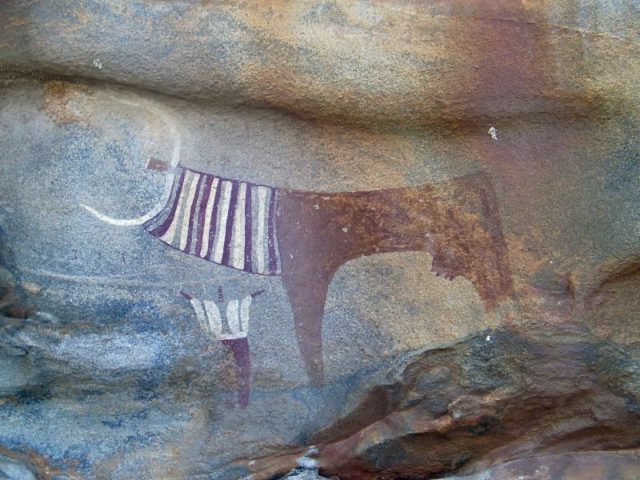
Archaeologists around the world say that Laas Geel could be just one of many treasures awaiting discovery in the rocky areas toward the tip of the Horn of Africa. One of the guardians of the site, Musa Abdi Jama, said that he hopes to see a new nation-to-be with its own flag to identify itself as a new country. He hopes it will add to the uniqueness of Somaliland.
It was once known as the home of spirits by the nomadic people who once lived there. In fact, they even slaughtered domestic animals for sacrifice in order to be left alone in peace.
